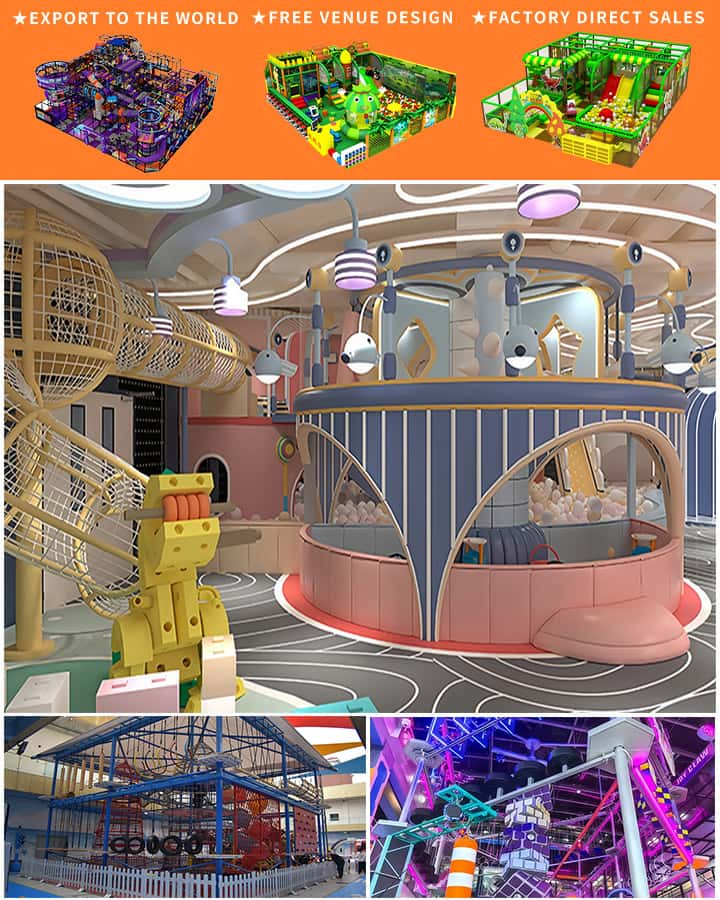Selecting the right playground equipment for children can be a daunting task, but it’s an essential step in ensuring their safety and maximizing their fun. A well-designed playground not only provides hours of entertainment but also promotes physical activity, social interaction, and developmental growth. This ultimate guide will help you navigate through the myriad of options available, ensuring you make informed decisions.
Safety First: Non-Negotiable Standards
Before diving into the types of equipment, prioritize safety. Ensure that all playground equipment complies with local safety standards, such as those set by the American Society for Testing and Materials (ASTM) or the Consumer Product Safety Commission (CPSC). Here are some key safety features to look out for:
- Soft Surfacing: Whether it’s rubber mats, wood chips, or sand, ensure the ground is covered with appropriate soft materials to cushion falls.
- Age Appropriateness: Select equipment designed for the age group using it. Toddlers need simpler, more protected structures, while older kids can handle more complex designs.
- Structural Integrity: Check for sturdiness and avoid equipment with sharp edges, pinch points, or any hazardous components.
- Proper Installation: Make sure the equipment is anchored securely and installed according to the manufacturer’s guidelines.
Types of Playground Equipment
Once safety is assured, consider the variety of equipment that can benefit your playground. Here are some popular options:

- Slides: A classic favorite, slides come in various shapes, sizes, and materials. Look for gentle slopes and handrails for added safety.
- Swings: Swings provide excellent opportunities for developing motor skills. Choose between traditional swings, tire swings, and adaptive swings for children with special needs.
- Climbing Structures: Ladders, climbing walls, and rope nets help improve coordination and strength. Ensure they have non-slip surfaces and sturdy support.
- Seesaws and Merry-Go-Rounds: These encourage cooperative play and balance skills. Opt for designs with secure seating to prevent accidental falls.
- Playhouses: Small structures like playhouses or forts stimulate imaginative play and social interaction. Ensure they are open enough for easy access and supervision.
- Balance Beams and Obstacle Courses: Great for developing agility and coordination. These should be adjustable in difficulty level to cater to different age groups.
- Interactive Play Equipment: Musical instruments, spinners, and interactive panels can enhance sensory experiences and cognitive development.
Consider the Space
The layout and size of your playground space will significantly influence your choices. Measure the area accurately and plan accordingly to avoid overcrowding. Allow ample space around each piece of equipment to prevent accidents and ensure smooth movement flow. Zones for active play, quiet play, and rest areas should be clearly delineated.
Maintenance and Upkeep
Investing in high-quality playground equipment means less frequent replacements and repairs. However, regular maintenance is crucial to uphold safety standards:
- Routine Inspections: Conduct daily checks for any damage or wear and tear. Weekly inspections should be more comprehensive.
- Cleaning: Keep the equipment clean to prevent mold, rot, and other issues. Use non-toxic cleaners suitable for playground use.
- Repairs: Address minor damages promptly to avoid larger issues later. Have a maintenance schedule in place for more significant repairs or part replacements.
Inclusive Play: Design for Everyone
Inclusive playgrounds cater to children of all abilities, ensuring everyone has equal opportunity to play and learn. Features like wheelchair-accessible equipment, sensory-rich zones, and adaptive swings are vital. Consult with organizations focused on inclusivity to get insights into designing a playground that is welcoming to all.
Budgeting Wisely
While it’s tempting to splurge on high-end equipment, balancing quality with budget is crucial. Prioritize investments in core pieces that offer maximum engagement and safety benefits. Seek grants, community funds, and partnerships with local businesses to offset costs.
In conclusion, creating a safe, engaging, and inclusive playground involves careful planning and consideration. By focusing on safety, selecting diverse equipment, maintaining the space properly, and considering all children’s needs, you can create a vibrant environment where every child can thrive. Happy playing!




